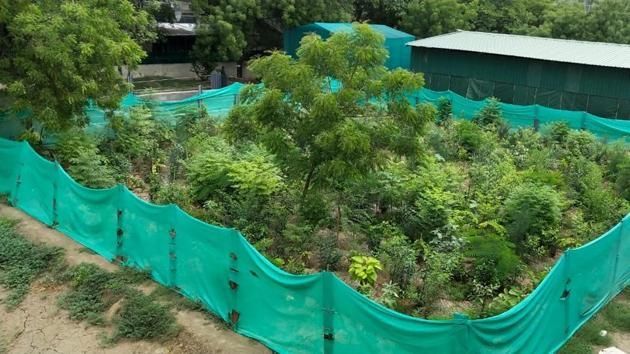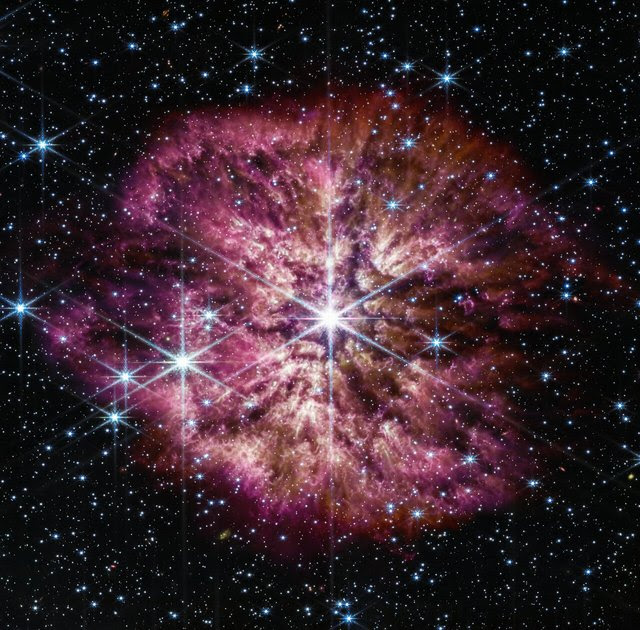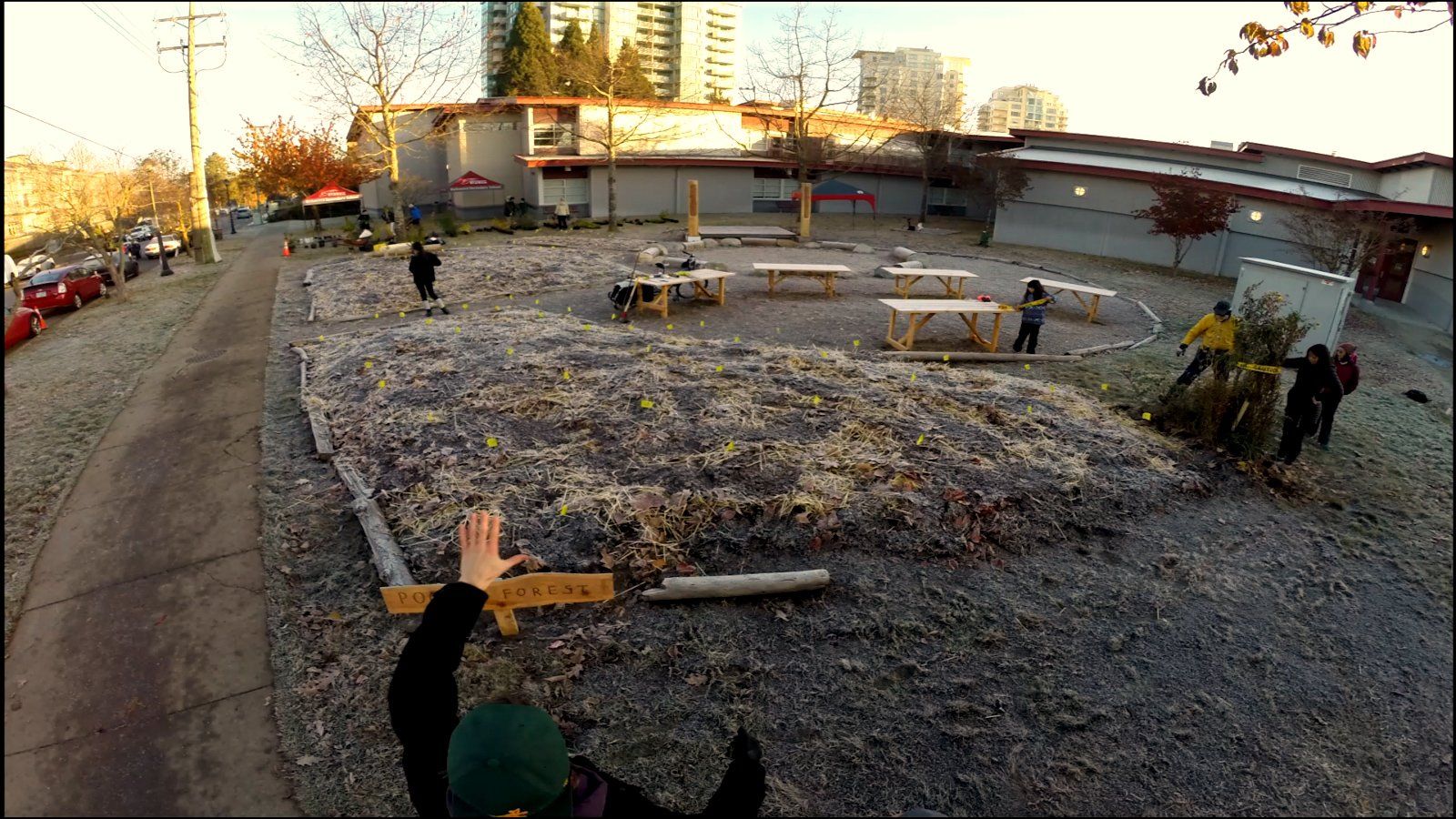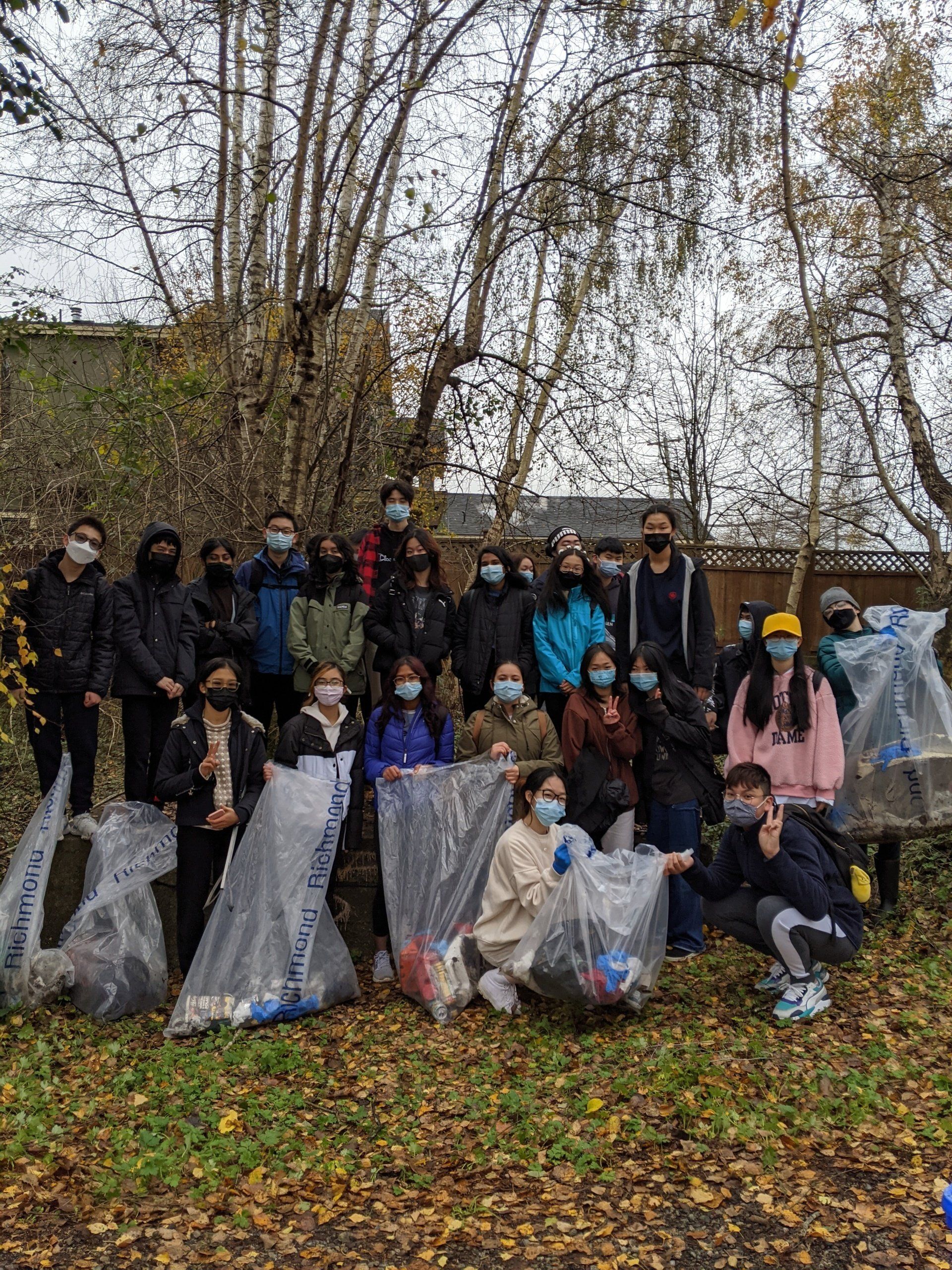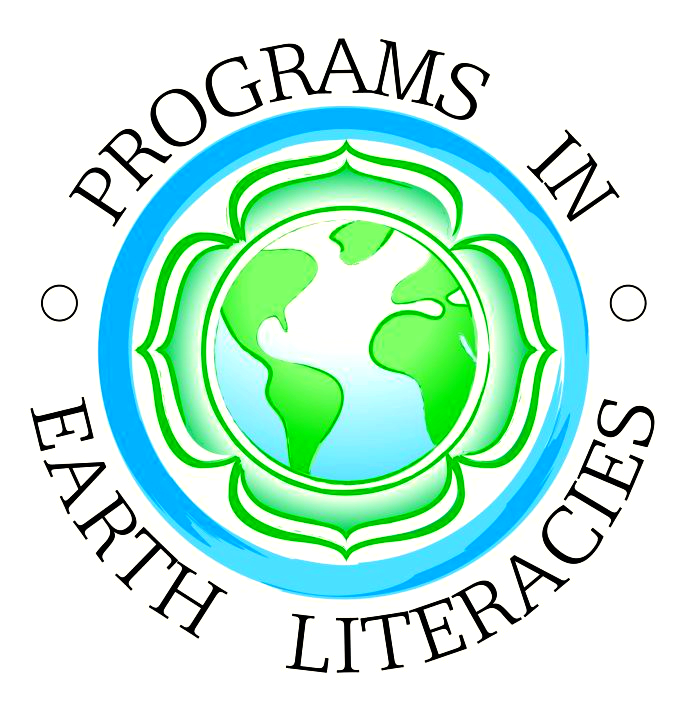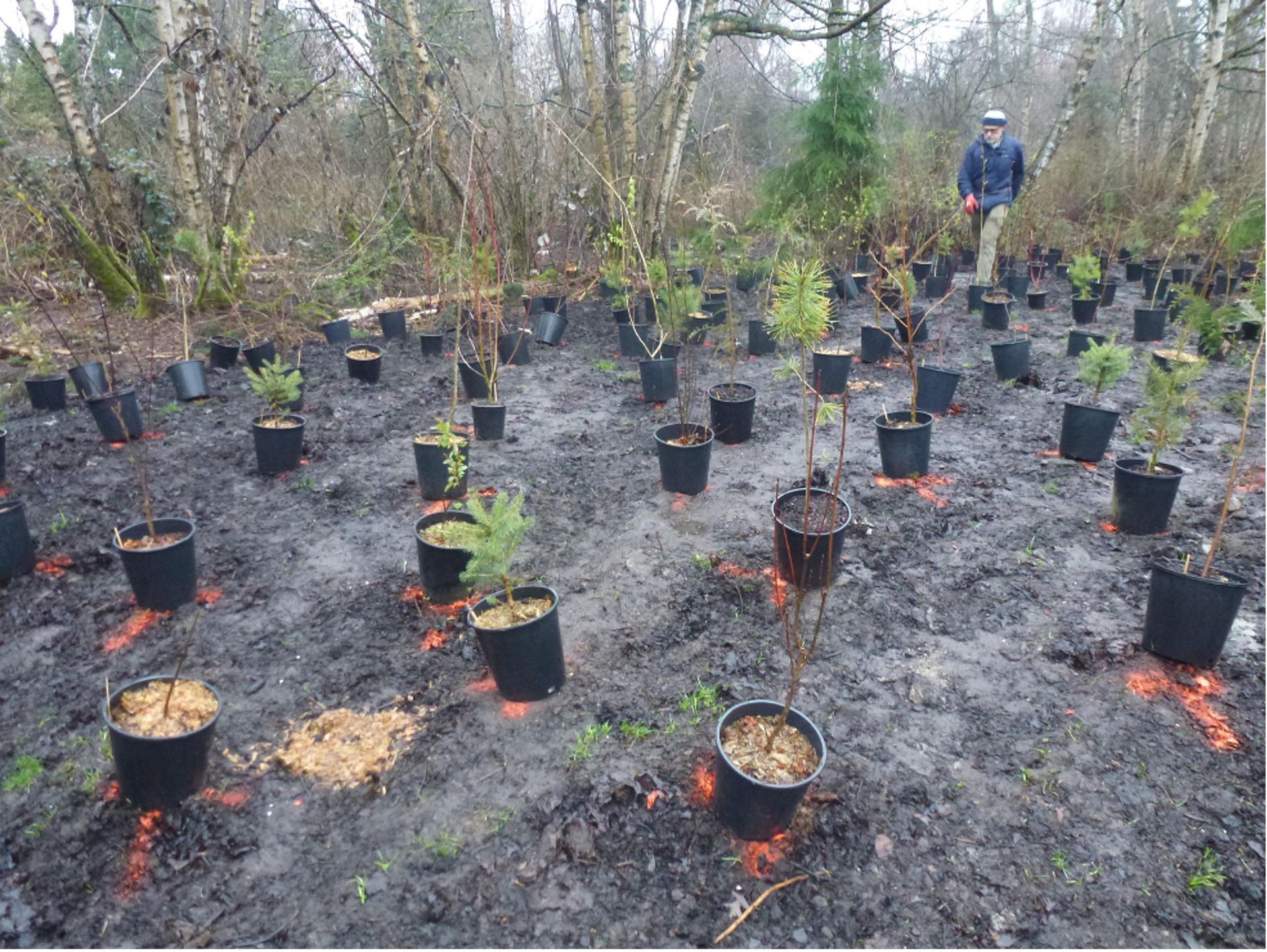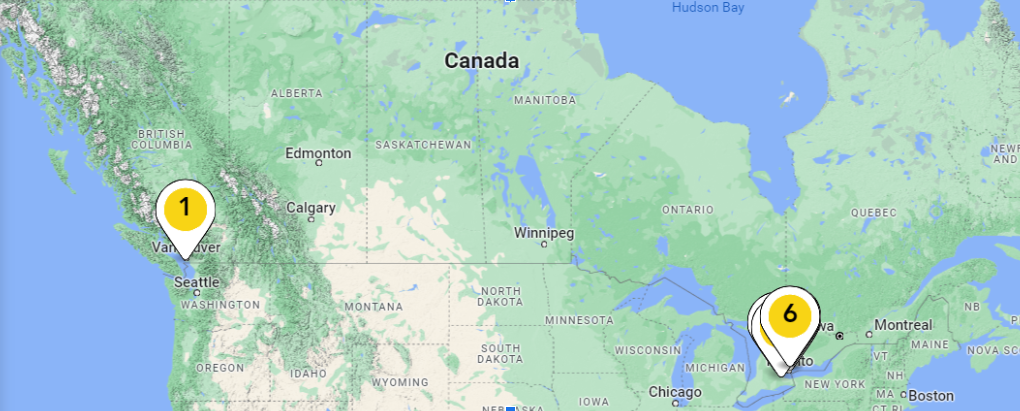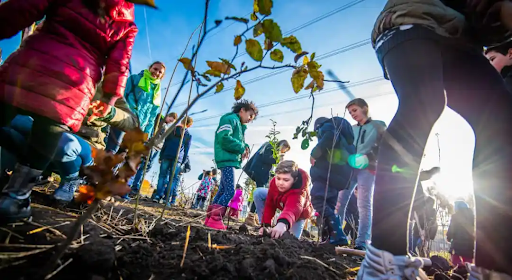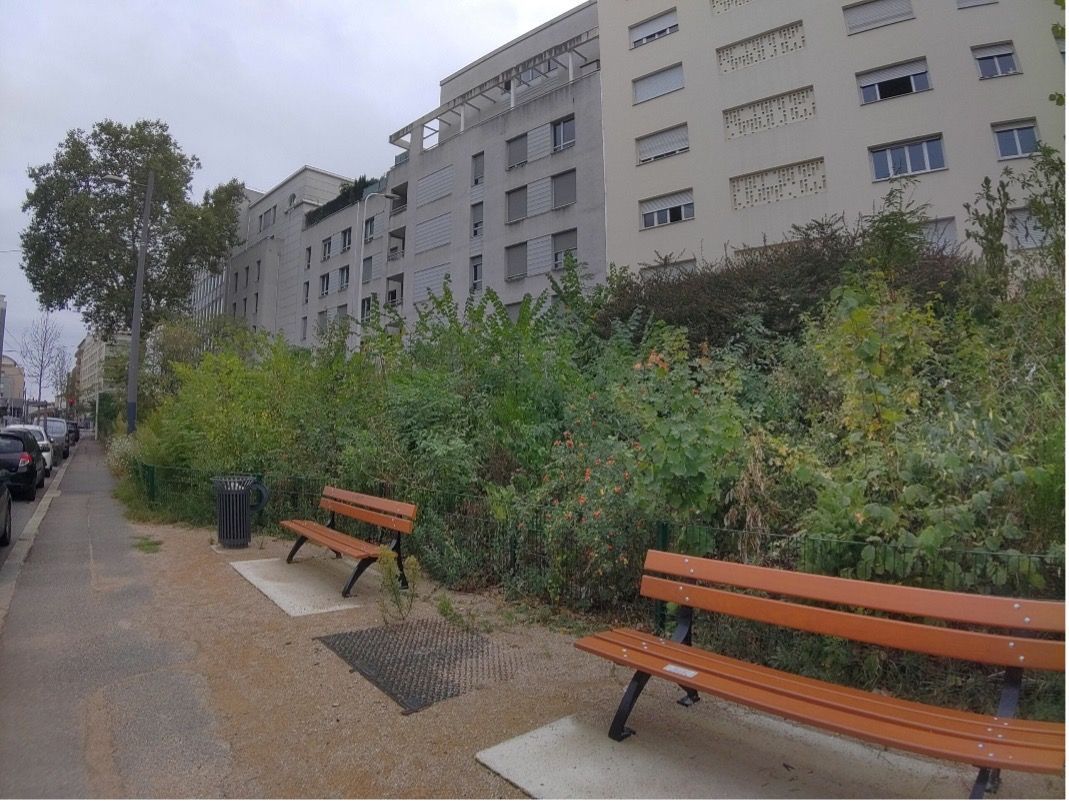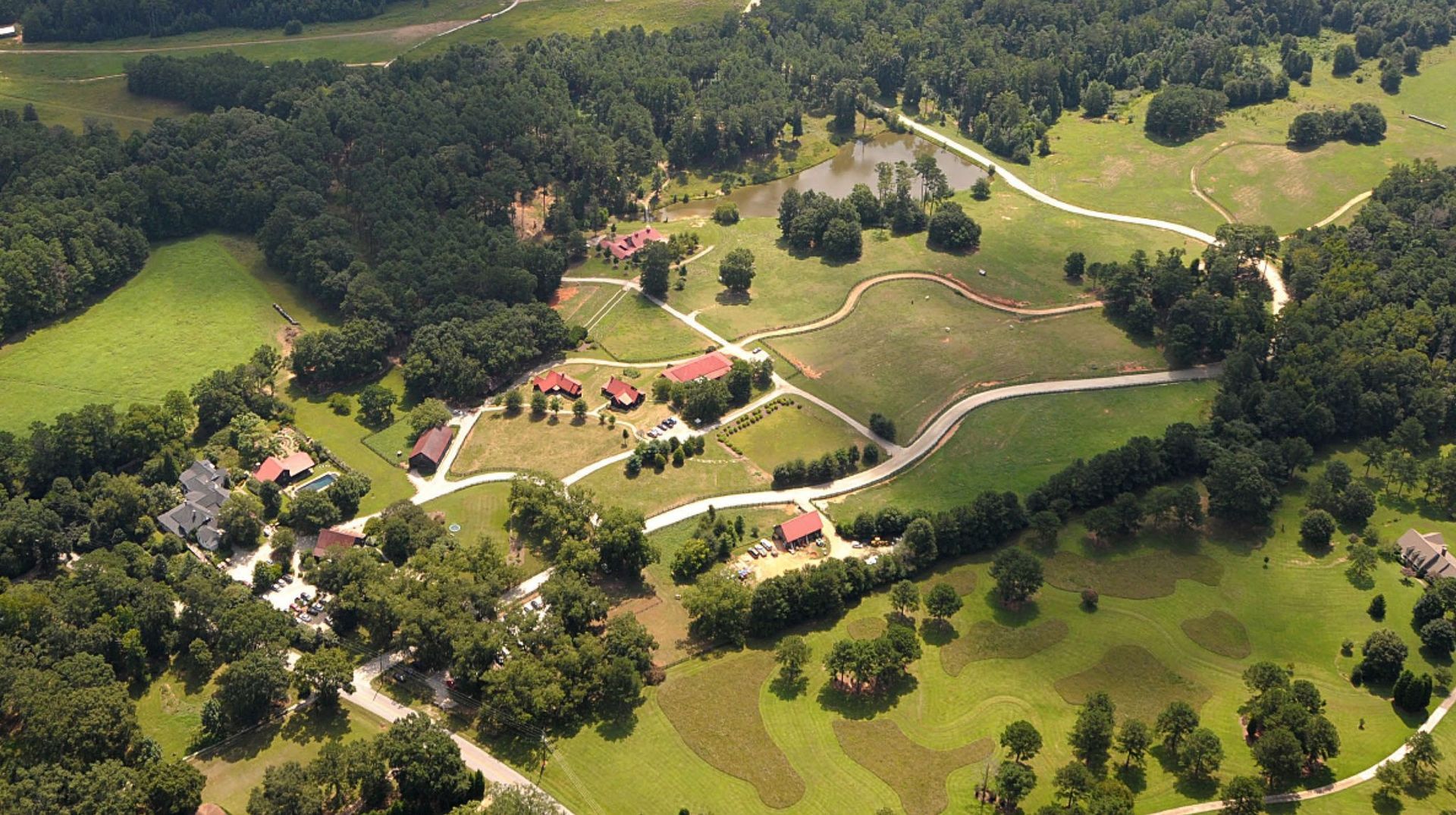Do you really KNOW where you live?
Do you really KNOW where you live?
In his November 2020 PIEL webinar, “No Justice – No Peace”, Diarmuid O’Murchu directed our attention to our place in the cosmos, by urging us to become acquainted with the bioregion in which we live.
* Pacific Stellar Jay Image from Nature Conservancy of Canada and NatureServe Canada | 2020
Defining bioregion as “a natural ecological community with characteristic flora, fauna and environmental conditions and bounded by natural rather than artificial borders”, O’Murchu suggested that becoming familiar with the other occupants – flora and fauna – and the environmental conditions of our bioregion may help us to live responsibly as members of our local, natural communities.
Here are two bioregion audits you can use to check how well you know your neighbours, and your neighbourhood. The first was written by Leonard Charles, Jim Dodge, Lynn Milliman and Victoria Stockley for the Coevolution Quarterly, Winter, 1981.
https://dces.wisc.edu/wp-content/uploads/sites/128/2013/08/Where-You-At-Quiz.pdf
The second in Tina Fields’ expansion on the 1981 list of questions, divided into categories to allow for deeper inquiry.
https://indigenize.wordpress.com/2013/03/21/bioregional-quiz/
Ecolibrium3, an organization committed to building resilient communities in the Duluth, Minnesota area, give us many examples of actions directed at living well within a bioregion.
https://www.ecolibrium3.org/duluthclimateaction/communityinitiatives/
Bringing it home!
In June, 2020, The Nature Conservancy of Canada published Ours to Save, a catalogue of 308 different plant and animal species that live in Canada and nowhere else on Earth. Many of these species are threatened with extinction, and it is our neighbourly responsibility to protect them. Check out your Canadian bioregion and your neighbours at natureconservancy.ca/ourstosave.
What action could you take to stem further global diversity loss?
